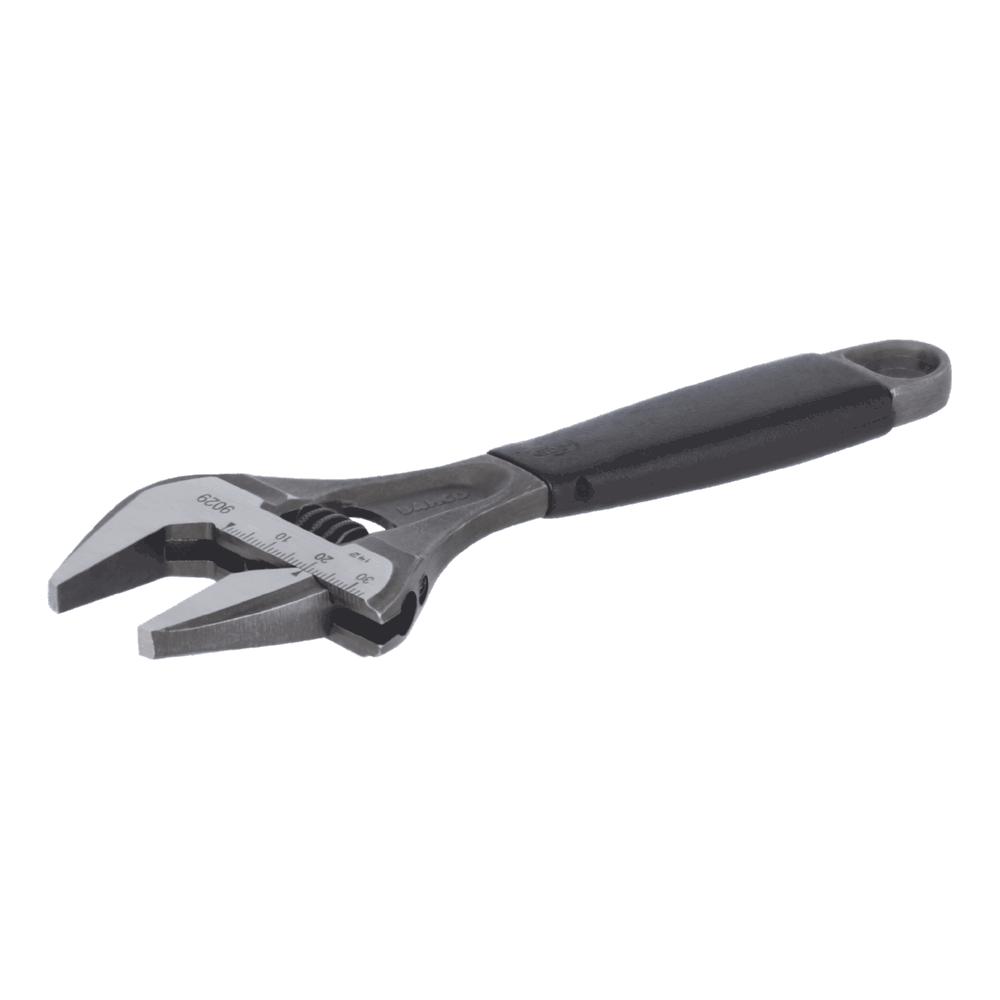Hand Tools

How to Maintain and Extend the Lifespan of Your Adjustable Wrench
An adjustable wrench is a versatile and indispensable in any DIY enthusiast’s toolbox. Its ability to adapt to various nut and bolt sizes makes it a go-to option for many projects. However, like any tool, an adjustable wrench requires proper care and maintenance to ensure its longevity and optimal performance. In this article, we’ll explore essential tips on maintaining and extending your adjustable wrench’s lifespan so it remains a reliable tool for years.
Keep It Clean and Dry
After every use:
- Make it a habit to clean your adjustable wrench thoroughly.
- Use a cloth or rag to remove dirt, grease, and debris from the tool’s surface and the adjustable jaw. You can use mild detergent and water for tougher cleaning if necessary.
- After cleaning, ensure the wrench is completely dry before storing it, as moisture can lead to rust and corrosion, compromising the tool’s functionality.
Lubricate Moving Parts
Regularly lubricating the adjustable wrench’s moving parts is crucial to maintaining its smooth operation. Apply a few drops of lubricating oil or silicone spray to the joint and pivot areas, and then work the wrench back and forth to distribute the lubricant evenly. This simple step will prevent the wrench from seizing up and ensure it operates effortlessly during use.
Avoid Overloading the Wrench
While adjustable wrenches are designed to handle a wide range of nut and bolt sizes, it’s essential to avoid overloading them. Excessive force can cause the wrench’s jaws to deform or spread, leading to a loose fit and reduced gripping capacity. Instead, use the appropriate-sized wrench for each task, and if a nut or bolt is particularly stubborn, consider using a more suitable tool, such as a socket wrench or breaker bar.
Inspect for Wear and Damage
Regularly inspect your adjustable wrench for signs of wear or damage. Check the jaw’s teeth for signs of rounding or chipping, as this can affect the wrench’s ability to grip correctly. If you notice any damage or excessive wear, consider replacing the wrench or the jaw to ensure safe and efficient use.
Store Properly
Proper storage is essential for preventing wear and damage to your adjustable wrench. Store the tool in a clean, dry, and well-ventilated area, away from moisture and direct sunlight. If possible, hang the wrench on a pegboard or use a tool chest with designated compartments to keep it organized and easily accessible.
Avoid Using as a Hammer
Although an adjustable wrench may seem sturdy, it’s not intended to be used as a hammer or for any other tasks beyond turning nuts and bolts. Striking the wrench with a hammer can lead to deformation, compromising its functionality and potentially causing injury. Always use the appropriate tools for their intended purposes.
Periodic Calibration
Over time, the adjustable feature of the wrench may lose accuracy due to wear or misuse. To ensure its effectiveness, consider periodically calibrating the wrench using a reliable calibration tool or a reference nut and bolt set. If you find any measurement discrepancies, it may be time to replace or repair the wrench.
Conclusion
Taking good care of your adjustable wrench will extend its lifespan and ensure your safety and the success of your DIY projects. Regular cleaning, lubrication, proper storage, and avoiding overloading will keep your adjustable wrench in top-notch condition for years. Inspect the tool periodically and promptly replace any worn or damaged parts. Following these maintenance tips, you can rely on your adjustable wrench whenever needed, making it a trusted companion in your DIY endeavors.